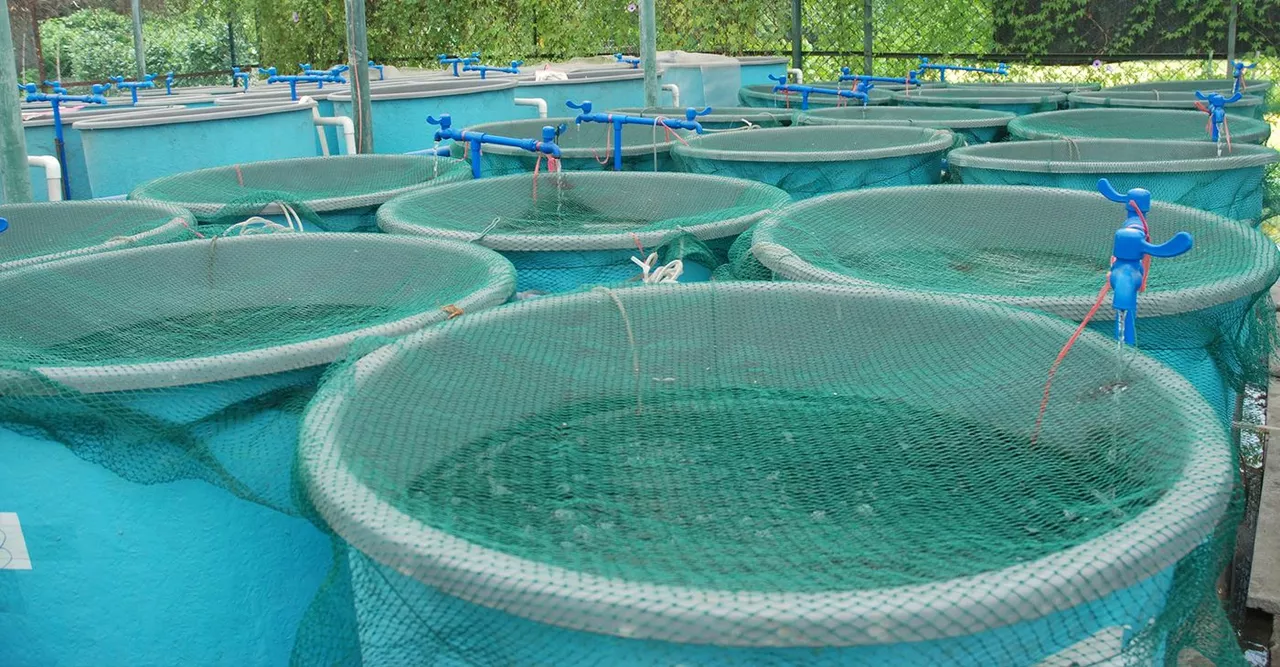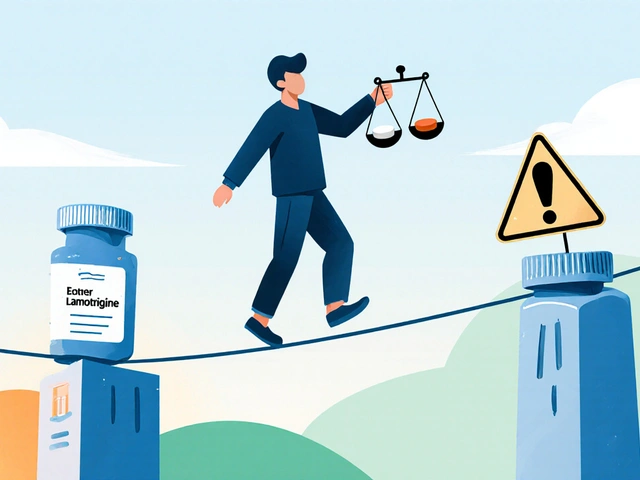Chloramphenicol: Essential Facts and Practical Use
If you’ve heard about chloramphenicol but aren’t sure when or how it’s used, you’re in the right place. Chloramphenicol is a powerful antibiotic that fights serious bacterial infections. It’s not your everyday medication, so understanding its role, benefits, and risks helps you use it wisely.
This medicine works by stopping bacteria from making proteins, which they need to survive. That means it can tackle infections that might not respond well to other antibiotics. But because it’s potent, doctors usually keep its use reserved for specific cases where other treatments fall short.
When and Why Is Chloramphenicol Prescribed?
Chloramphenicol is often prescribed for infections like meningitis, certain eye infections, and typhoid fever. It’s especially useful where bacteria have become resistant to more common antibiotics or when patients can’t take alternatives. However, given its strength and potential side effects, it’s generally not the first choice for minor infections.
One important thing to remember: this antibiotic can cause rare but serious side effects, including effects on your bone marrow. That’s why medical supervision is key. If your doctor recommends chloramphenicol, they’ll closely monitor your health during treatment to avoid complications.
How to Use Chloramphenicol Safely
Always follow the dosage and duration your healthcare provider advises. Don’t stop the antibiotic early even if you feel better—this helps prevent the infection from coming back or bacteria becoming drug-resistant. If you notice unusual symptoms like bruising, fever, or sore throat, tell your doctor immediately since these might signal blood problems.
Also, let your healthcare provider know about any other medications you’re taking, as chloramphenicol can interact with some drugs and affect how your body processes them. Staying informed, following instructions, and keeping communication open with your medical team makes all the difference in using chloramphenicol safely and effectively.
Chloramphenicol in Aquaculture: Pros and Cons
In the world of aquaculture, the use of chloramphenicol has been a topic of debate for quite some time. On one hand, it's an effective antibiotic that helps prevent and treat bacterial infections in fish, ensuring their health and growth. However, there are also concerns about its potential impact on humans, as it has been linked to serious side effects like aplastic anemia. Additionally, the widespread use of chloramphenicol in aquaculture could contribute to antibiotic resistance in both fish and humans. Overall, it's crucial to weigh the pros and cons of using this antibiotic and explore alternative methods to maintain a healthy and sustainable aquaculture industry.











